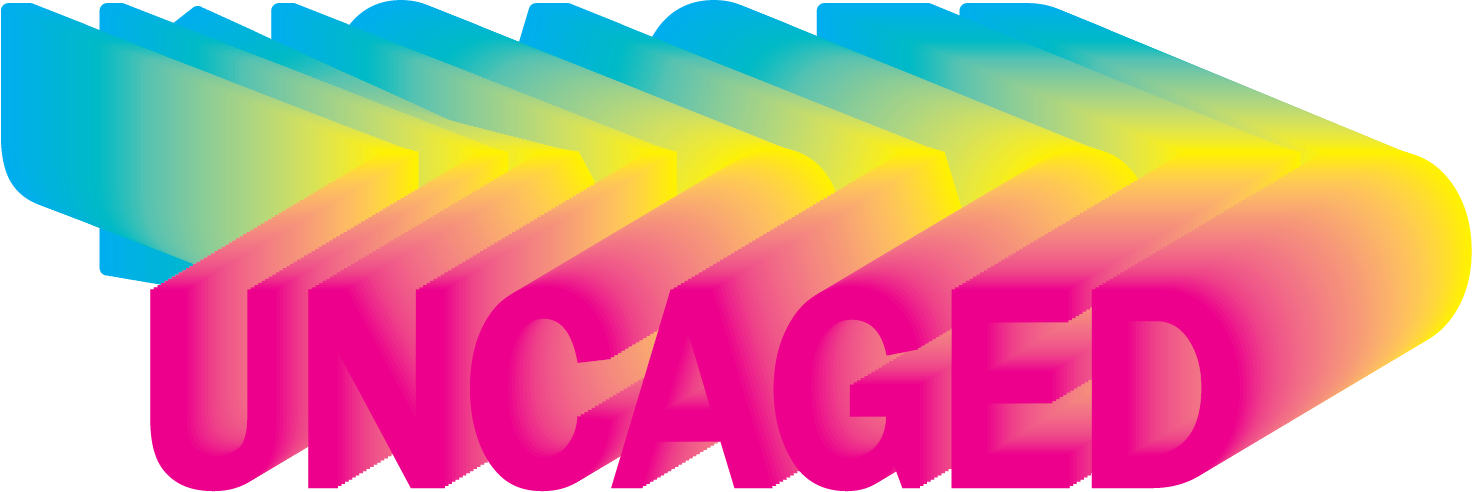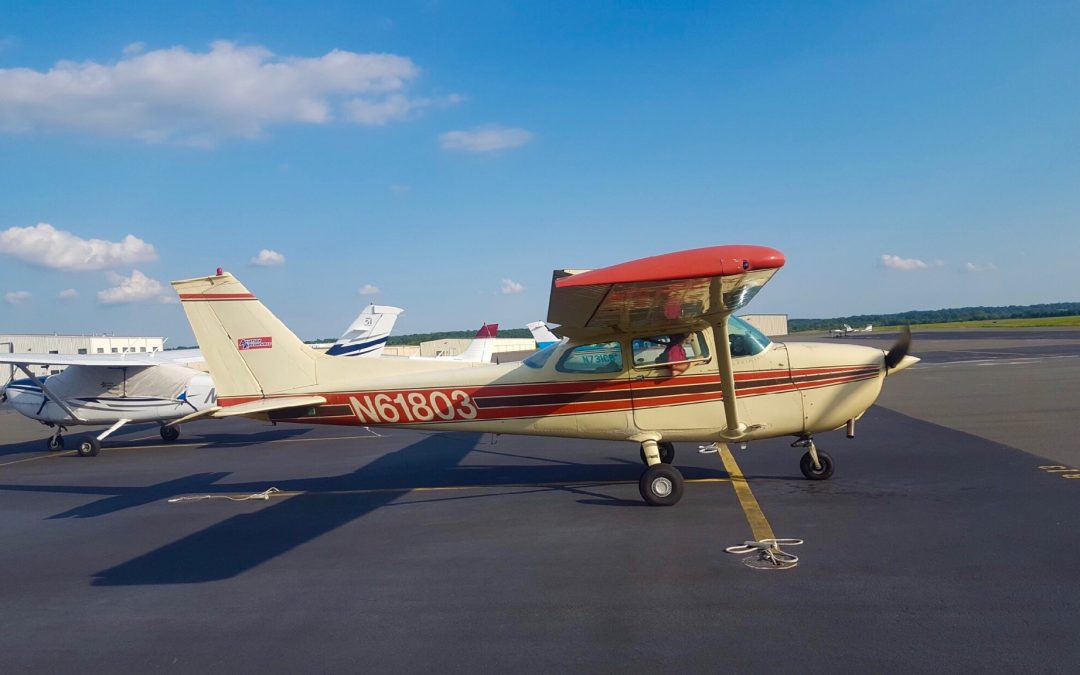Aviation is a wonder that humanity has been able to accomplish since the Wright brothers originally flew in 1903, allowing humanity to see sights that before we could only dream of.
Senior Mustabinur Bhuiyan has been attracted to flying since he was little.
“I enjoy looking down and just seeing what the world has to offer basically and just the breathtaking scenery that you get to see,” Bhuiyan said.
Bhuiyan has been flying for months now and is on track to receive his private pilot’s license before he gets his driver’s license.
“[My interest in aviation] all started when my dad used to work for the [Dulles] airport for United Airlines,” Bhuiyan said.
Getting a pilot’s license is similar to getting a driver’s license. The person who intends to be licensed needs to go through a step by step process that includes a knowledge and practical test.
The knowledge test consists of information based on the Federal Aviation Administration (FAA) rules depending on the type of license the person is pursuing. Following the knowledge test is the practical test or flight test, similar to a driving test in which the person that is getting a pilot’s license has to demonstrate their capabilities within an airworthy aircraft.
“I still have about three or four more of the certifications to complete, so I am currently at the first phase of [getting the pilot’s license],” Bhuiyan said. “I’m doing the practical part right now and I do the knowledge or the academic part of it at home.”
Aircraft and cars have many differences, with the biggest being how the controls are set up. The only major similarity between planes and cars is the yolk which controls how a plane turns. “Driving is similar [to flying] because when you drive, you try to drive safely in a straight pattern same with an airplane,” Bhuiyan said. “When you use the yolk or steering wheel you turn it left to bank left and turn it right to bank right.”
Flying is not a simple task and it is not something that everyone can do. The biggest challenge of becoming certified is the cost of flight school.
“I manage to pay for [flight school with] my parents [currently] helping me out,” Bhuiyan said. “I have a job that I work full time to pay for [flying lessons], and then I have been taking out loans for it and also getting scholarships for it as well.”
Balancing school, work and flying is a difficult task. To overcome these difficulties, Bhuiyan has created a plan that works for him.
“I try to balance my schedule out,” Bhuiyan said. “I try to at least get in two days of flying [a week] to have all my skills ready so I don’t lose [them],” Bhuiyan said.
For school, Bhuiyan tries to get his homework done right after the lessons are taught in class. Bhuiyan’s future with aviation contains a lot of possibilities and opportunities to expand his knowledge and career in aviation. Possessing a pilot’s license can create many opportunities both with the federal government and with commercial airlines. This initial certification will also produce the opportunity for Bhuiyan to improve his own abilities as a pilot by earning more certifications.


Recent Comments